Russia’s full-scale invasion of Ukraine has turned the country into a proving ground for unmanned-aerial warfare at every tier—from cheap kamikaze quadcopters that cost a few hundred dollars to Moscow’s Lancet and Shahed loitering munitions and Kyiv’s emerging medium-altitude combat drones. The immediate military effect is visible in operations such as Ukraine’s 2025 “Operation Spider Web,” a coordinated strike that used hundreds of truck-launched kamikaze drones—each costing roughly $350—to destroy or cripple at least four types of high-value Russian aircraft: the Tu-160, Tu-95, Tu-22M long-range bombers and a rare A-50 airborne early-warning platform. Total replacement value for the damaged fleet exceeds $2 billion; by contrast, the entire drone wave cost Ukraine well under a million dollars. The strike echoed mid-20th-century doctrines of surprise and maneuver against larger forces and underscored Admiral William McRaven’s theory that small, precisely aimed blows can deliver disproportionate results.
While Ukraine innovates at the low-cost end, Russia fields progressively more capable Iranian-designed systems re-engineered for local production. The ZALA Lancet and Kalashnikov KUB loitering munitions, tested in Syria and now mass-deployed in Ukraine, rely on swarming tactics and AI-assisted target recognition; more than 100 successful Lancet hits against artillery and armor have been confirmed. Moscow also operates the Orion (Inokhodets) medium-altitude long-endurance drone, broadly comparable to the U.S. MQ-1 Predator: 24-hour endurance, 200-kilogram payload and strike options that include Kh-50 missiles. In parallel, Russia imports and modifies Iran’s Shahed-131/136 one-way attack drones (re-badged Geran-1 and Geran-2). The Geran-2’s 1,000–2,500-kilometre reach lets Russia strike Ukrainian power grids at a unit cost below $50,000—far cheaper than a cruise missile—even though 50–85 percent are intercepted.
The combined demand from Kyiv and Moscow is reshaping the global UAV market. Pre-war forecasts put the military-drone sector at about $14 billion in 2023; updated projections now show a compound annual growth rate above 13 percent to reach roughly $47 billion by 2032. The United States still holds the largest share (about 36 percent), but Ukraine and Russia are accelerating indigenous capacity. Ukraine’s Defense Ministry has signed dozens of framework contracts for domestic systems such as the electric-powered, GPS-independent Buntar-3, which can fly 50 miles for 3.5 hours and is designed for mass production. Should Kyiv emerge from the war with a disciplined supply chain and combat-validated designs, the country could rival Tehran as an exporter—particularly if Western partners channel investment and components.
Strategic Consequences of Low-Cost Asymmetry
The cost gap revealed by Operation Spider Web illustrates why small drones have outsize strategic value. A single Tu-160 bomber costs an estimated $300 million; a Shahed or Buntar-type kamikaze drone costs well under $50,000. Each destroyed bomber not only subtracts launch capacity for cruise-missile strikes but also forces Russia to disperse its remaining fleet, stretch maintenance crews and allocate more air-defense assets to rear bases. Satellite imagery after the 1 June raids showed bombers shuttled to Arctic runways with limited hardened shelters, prompting Russian bloggers to question the credibility of the country’s airborne nuclear deterrent.
Ukraine’s success has already shifted Russian strategy toward volume: defense-industry sources say Moscow aims to assemble at least 6,000 Geran-2 variants over the next year to saturate Ukrainian air defenses, accepting high attrition rates as a trade-off for affordability. Kyiv counters with layered air-defense coverage and point-defense “cages” over artillery pieces, but the economics of drone attrition still favor the cheaper platform. Meanwhile, both sides experiment with electronic-warfare-resilient navigation, AI-driven target selection and swarm coordination—technologies likely to migrate into commercial and export markets once hostilities abate.
Policy Options for Washington and Allies
U.S. strategists face two different challenges. First, constraining Russia’s supply. Iranian-derived drones rely on commercially available GPS modules, satellite radios and Western microcontrollers. Tighter export-control enforcement—particularly on European‐sourced electronics—could slow Russian and Iranian production without direct confrontation. Second, bolstering Ukraine’s manufacturing base. Providing seed capital, licensed Western components and software assistance would help Ukrainian firms scale up, offering an allied alternative to Tehran’s low-cost drones while reinforcing Ukraine’s economy.
Syria remains a pivotal test bed: Russia has trialed Lancet, KUB and Orion variants there since 2020, and Iran continues to provide technology via the Damascus-Tehran-Moscow axis. Some U.S. analysts argue for limited diplomatic engagement with Damascus—linking partial sanctions relief to curbing Iranian drone transfers. Others suggest expanding the U.S. footprint at the al-Tanf garrison to interdict overland shipments.
Post-War Commercial Landscape
Whoever leverages wartime experience into exportable technology will shape the next decade of drone sales. Ukrainian companies already market AI-assisted VTOL systems and electronic-warfare-proof link protocols. Russia is likely to focus on long-range, low-cost one-way munitions for clients unable to buy Western cruise missiles. China, which supplies airframes and components to both Tehran and Moscow, may replicate features tested in Ukraine in its own cheap-export models for Africa and the Middle East.
The emerging economic rivalry thus mirrors battlefield dynamics. If Ukraine’s domestic sector can capture even 10 percent of the projected $47 billion 2032 market, it will undercut Iran and dilute Russian influence. For Western capitals, supporting Kyiv’s drone ecosystem is a relatively modest investment compared with the strategic payoff: an allied drone exporter competing directly with Iran, filling NATO inventories with low-cost options and reinforcing Ukraine’s long-term self-sufficiency.
What’s To Come
The Ukraine war has compressed years of UAV innovation into months. Decentralized production lines, inexpensive electronics and simple truck-launch methods have allowed Kyiv to impose billion-dollar losses on Russia’s bomber force at minimal cost. On the other side, Russia’s adaptation of Iranian drones shows how quickly state actors can field mass-produced one-way systems when price and availability trump sophistication. As the conflict grinds on, both adversaries will refine swarm tactics, electronic resilience and AI targeting, setting benchmarks for future conflicts far from the Donbas. For policymakers and defense industries alike, the lesson is clear: dominance in tomorrow’s battle space may hinge less on flagship aircraft and more on thousands of expendable drones guided by smart algorithms and assembled from globally sourced parts.



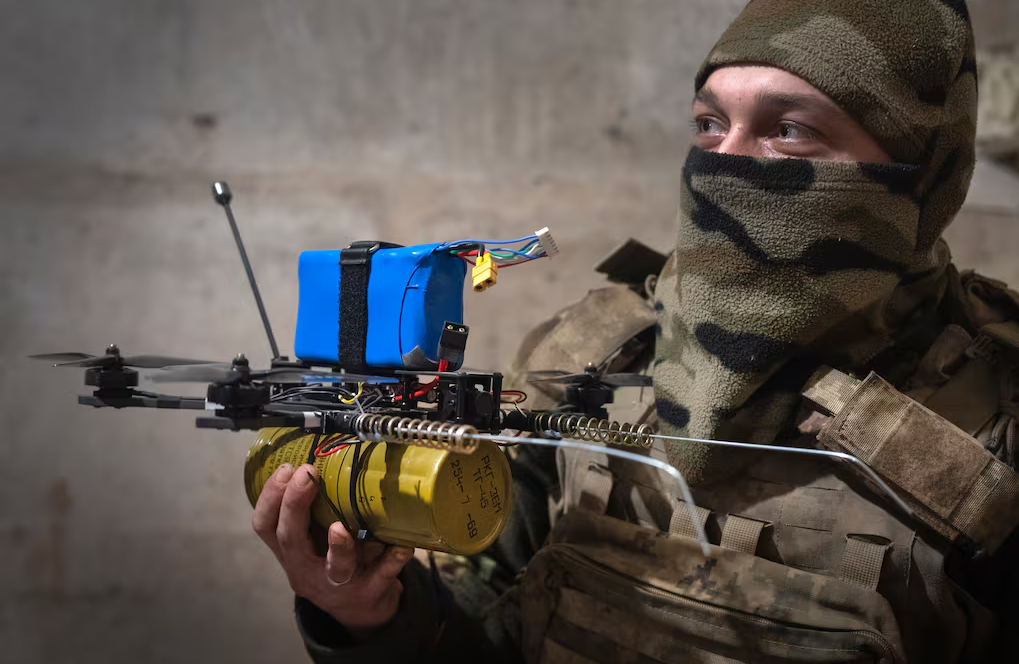
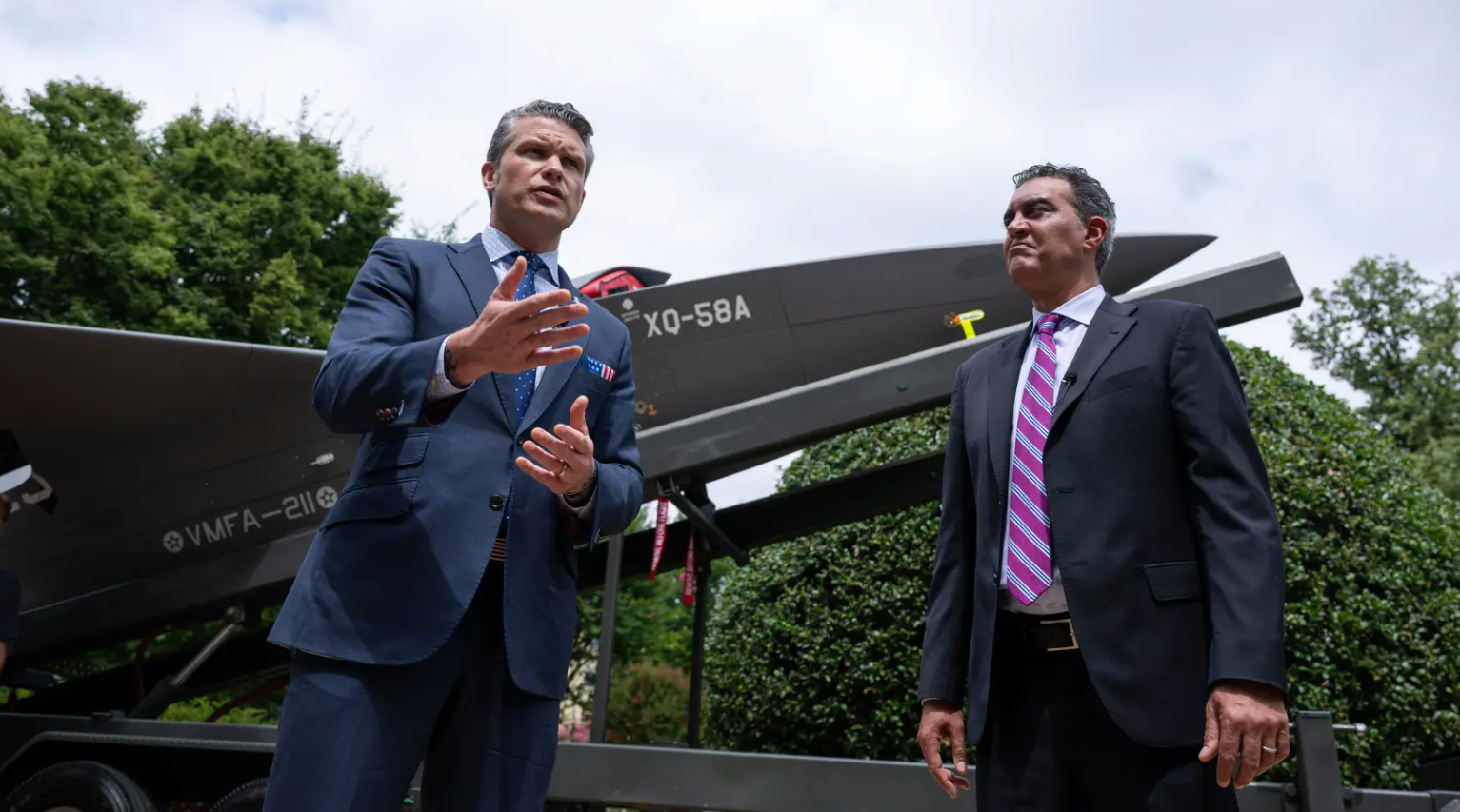


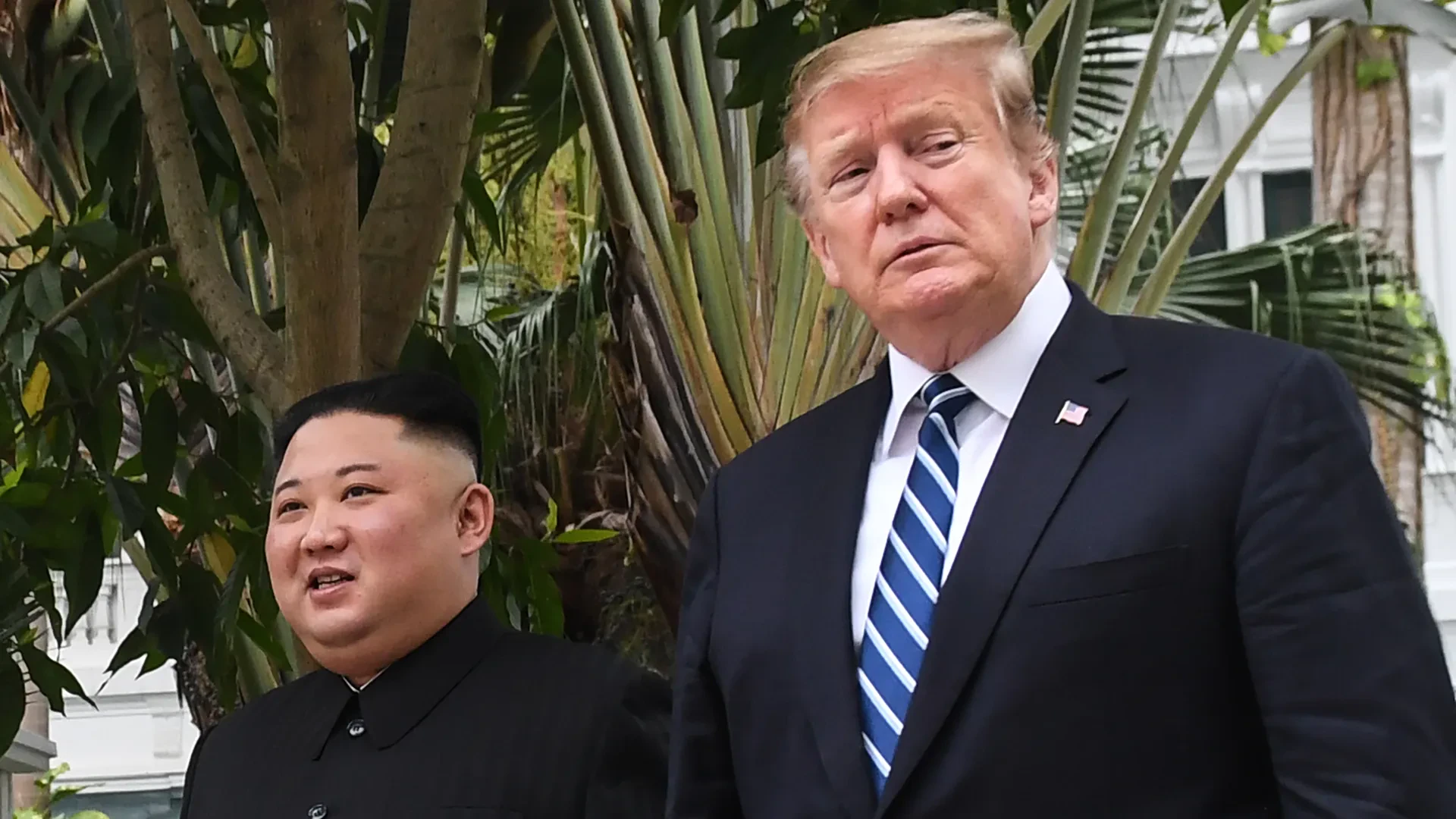



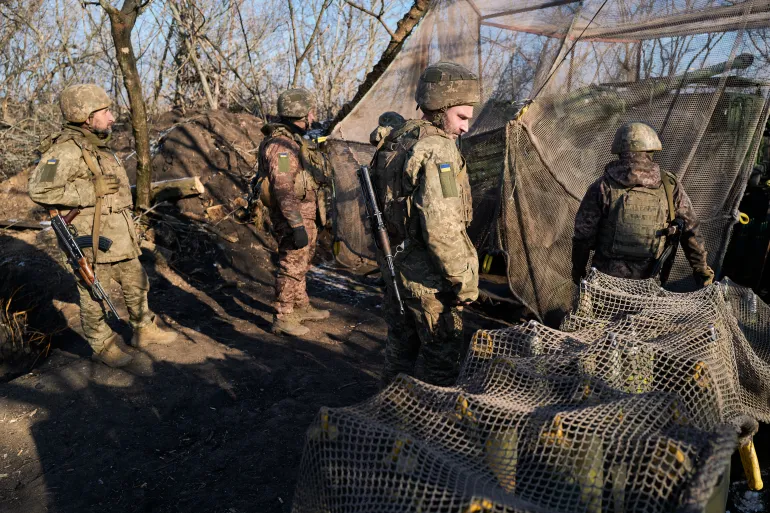

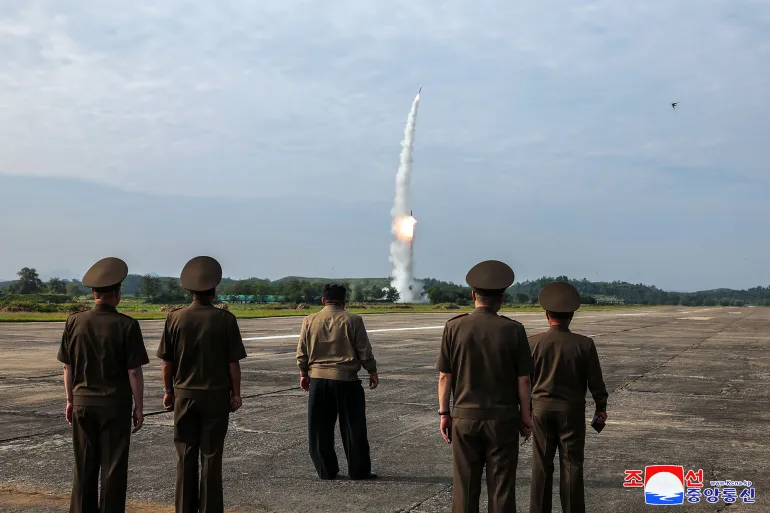

Discussion